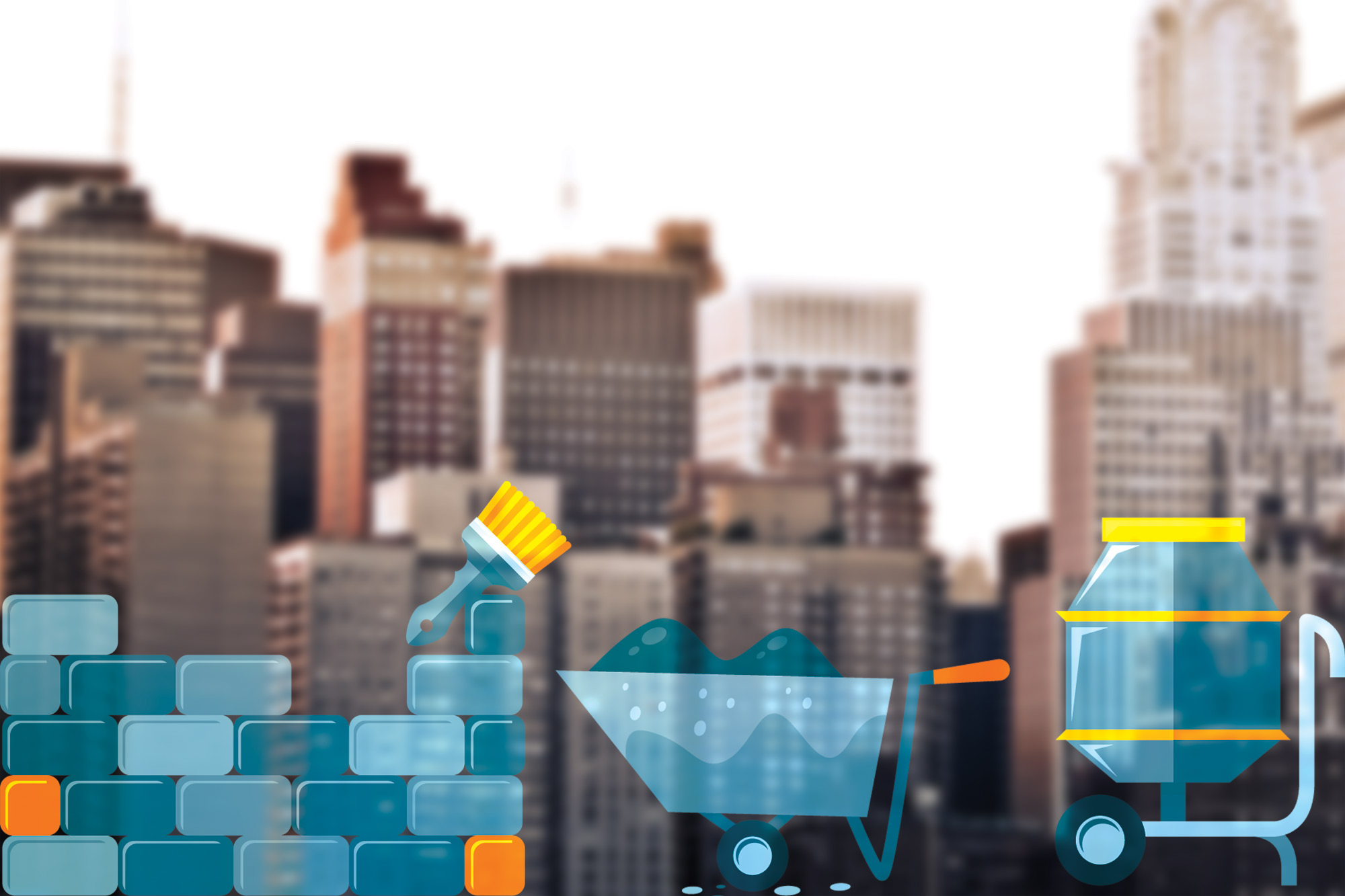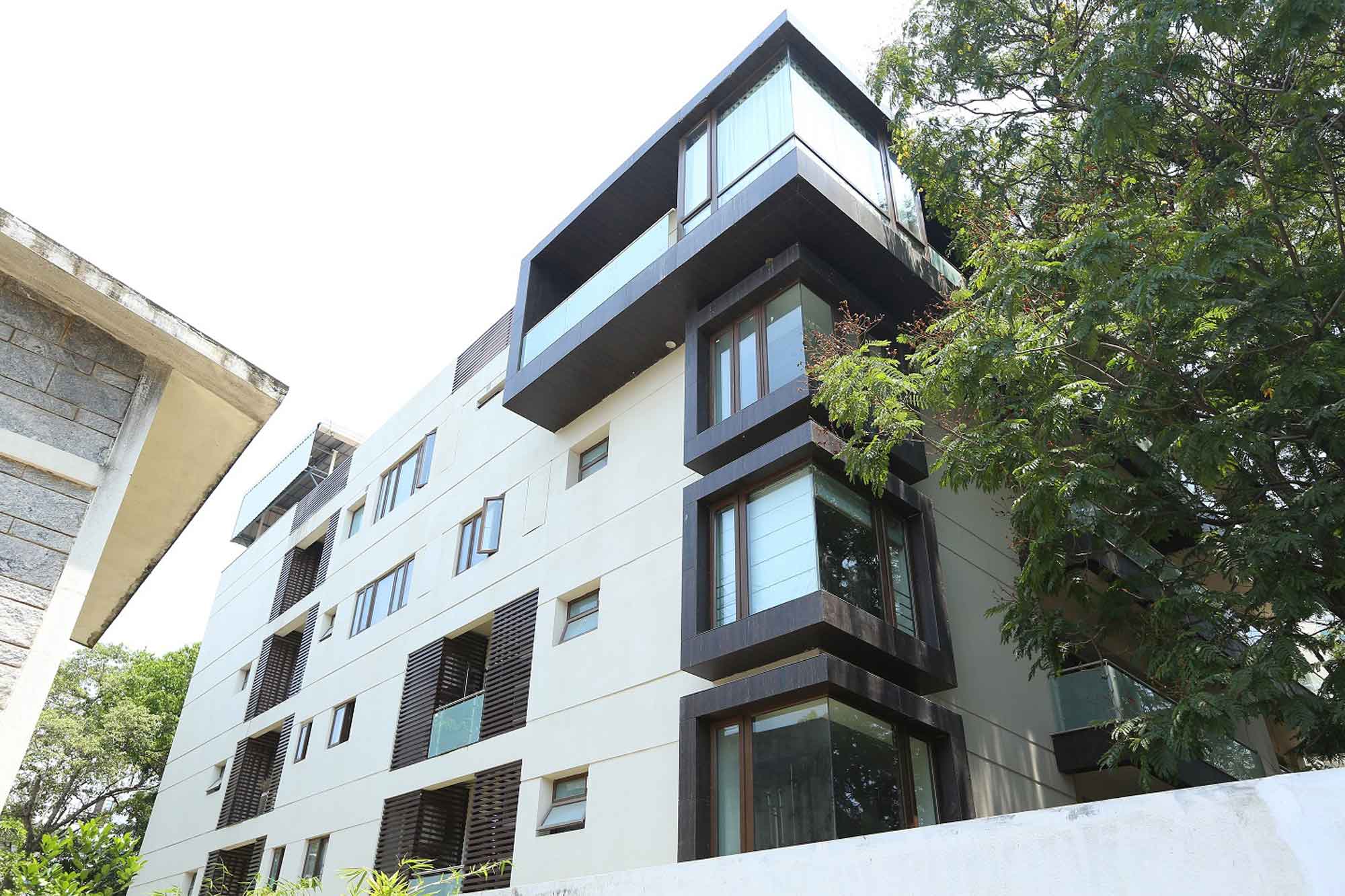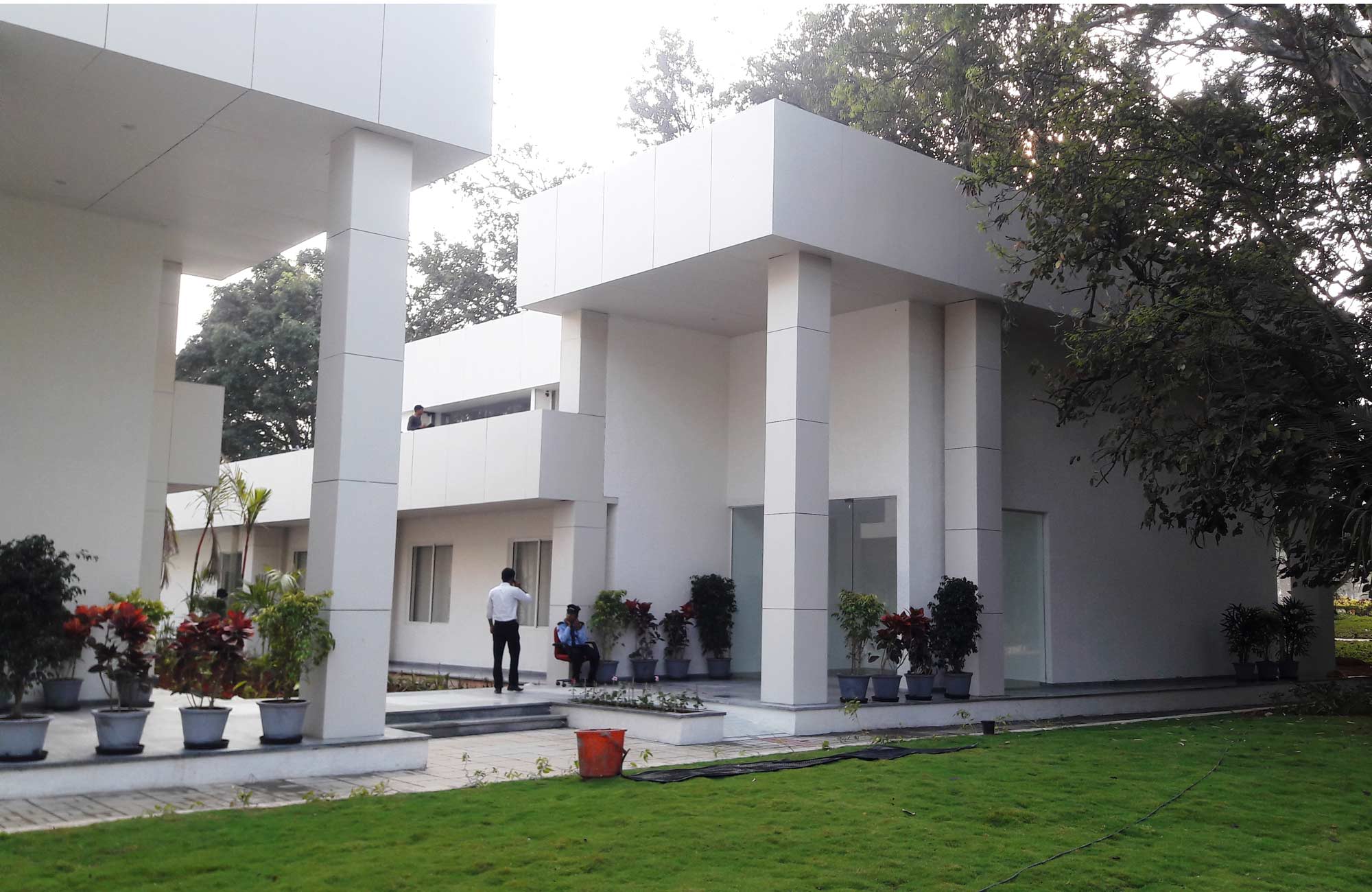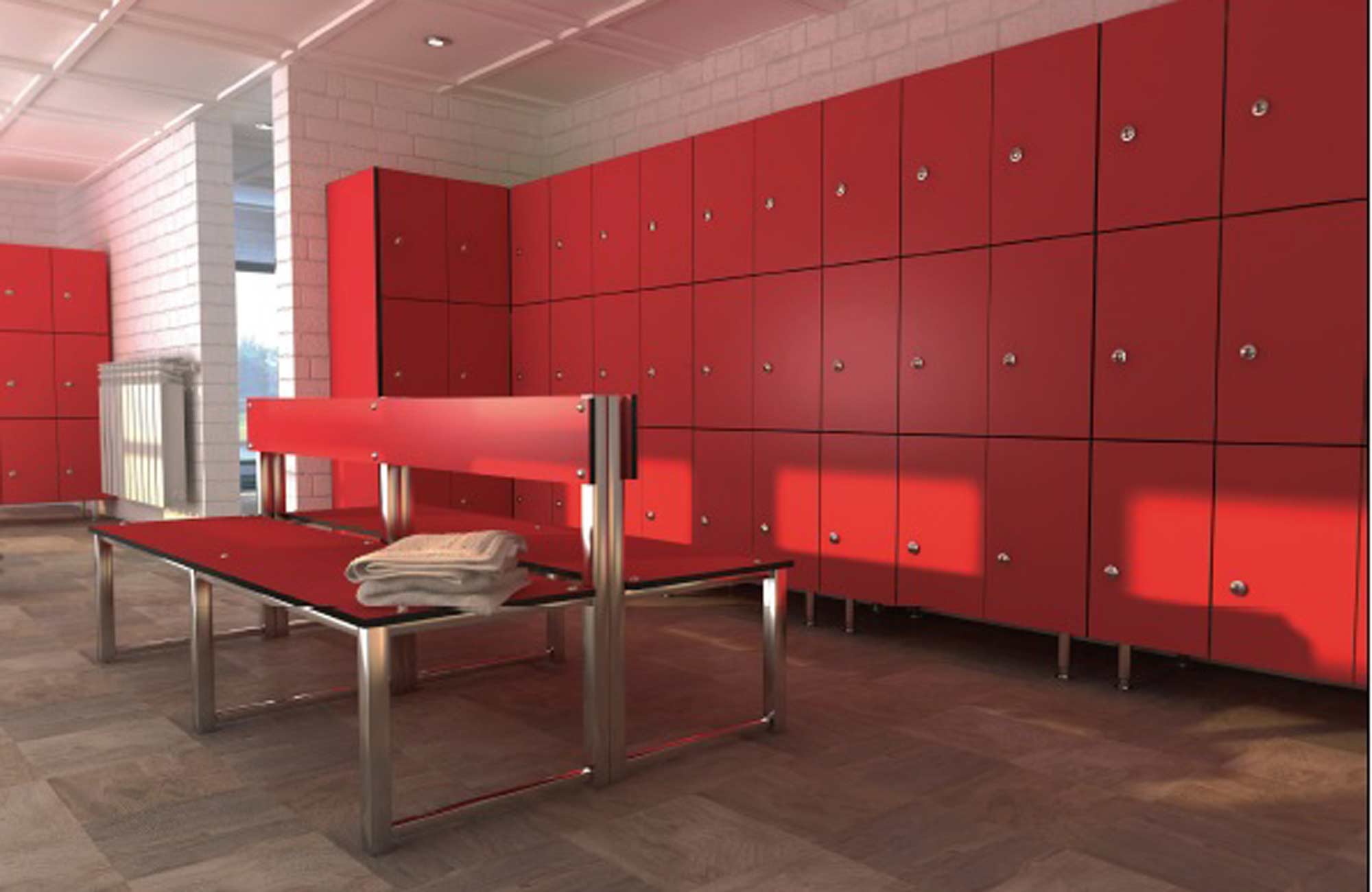Material trends to watch in 2018
By Edit Team | January 17, 2018 11:08 am SHARE
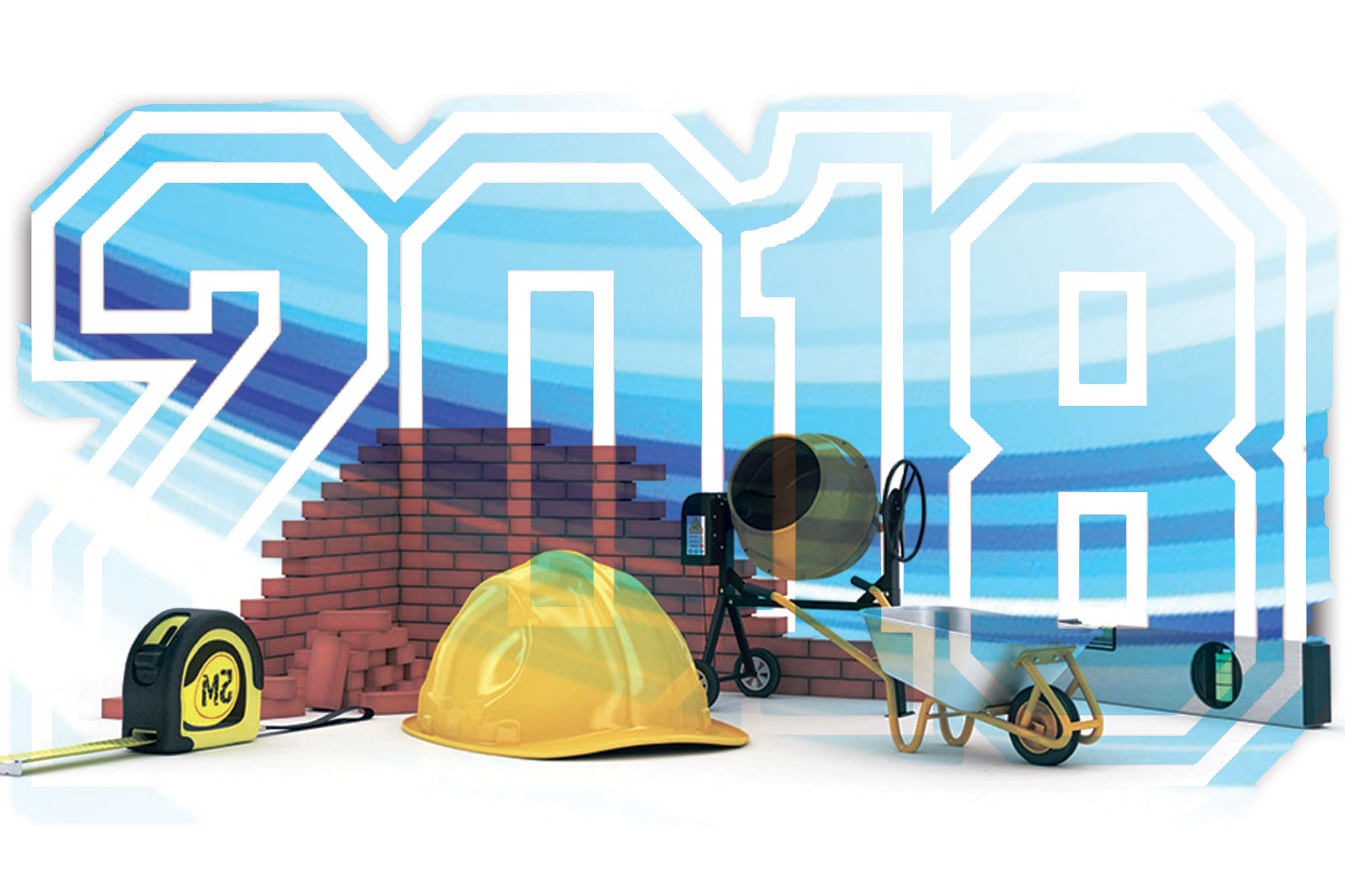
A sneak peak on the futuristic building materials to look out for in 2018
Atruly futuristic building material is one that saves on time and cost, is a solution to possible problems in the future and most essentially works towards creating a more durable structure. For the past 2 decades or so, the Indian construction industry has been turning to successful global building materials to fix problems that are specific to the Indian terrain and construction problems. The diverse Indian terrain has diverse problems, from excess heat, to high water levels or freezing conditions. A true futuristic building material will be one, which can protect the structure from all such environmental problems. Let’s have a look at the futuristic building materials to look out for in 2018.
Protective coating application
The construction chemical industry is fast developing. The advent in raw material technology and application technology is driving developments in the field of building materials and construction chemicals. The systems are being developed to ensure robustness of the materials, ease of application and of course performance. Sunny Surlaker, Head of Admixture Division, MC-Bauchemie India Pvt Ltd, says, “One of our strong technical areas is the protection of structures be it building construction or infrastructure. The application of protective coatings to reinforced concrete is an attempt to increase the effective concrete cover (to the reinforcement) in terms of both quality and quantity.” By virtue of their formulations, anti-carbonation or other protective coatings provide the protection equivalent to metres of effective concrete cover in a very thin layer. Therefore the principle of equivalent cover is very valuable both in repair strategies and even to safeguard new structures that have a very long design life.
Currently, protective coatings are a relatively small segment in the construction chemicals industry. However as awareness on increasing durability of structures goes, protection will be seen as an integral part of construction and the rehabilitation sectors. “Our coatings enhance the life expectancy of civil engineering assets and are very popular as they are crack bridging, carbonation-resistant and breathable. The application of such coating systems to general construction will bring in a disruptive but life-improving practice for our civil engineering structures,” claims Surlaker.
MC-Bauchemie’s coatings are designed for a variety of exposure conditions be it marine infrastructure, extreme pH environments (0 to 14), anti-graffiti systems or fast return to service coatings.
ShaliPlast LW++
Structures are exposed to the aggressive environment like carbonation, alkali silica reaction, moisture etc resulting in corrosion of reinforcement and detoriating the quality of concrete. Today the experts from STP Ltd have advanced on durability, repair, and protection of structures and have developed state-of-the- materials and techniques. ShaliPlast LW++ is an integral waterproofing-cum-corrosion inhibitor for Reinforced Cement Concrete (RCC). It is a revolutionary liquid waterproofing compound which protects concrete internally from water ingress as well as saves the re-bars of reinforced concrete and mortar against chloride induced corrosion. The unique bipolar compound migrates through concrete during curing process and puts a passive layer over re-bars to stop chloride corrosion.
ShaliSeal RSTC
In India the condition of most of the roads is pathetical, especially during the monsoon. The reason is simple water entering the road is the main cause of damage. The life of the roads can be increased by providing proper side drains and water resistant top layer. Over the years STP Ltd has developed special ShaliSeal RSTC, which is a coal tar based sealer and almost unaffected by water. This product has been applied on various roads of NHAI, PWD and other institutions and has given incredible results.
Roads have been made by bitumen since a long time. Bitumen detoriates under sun’s ultraviolet rays gets dissolved by petrochemicals, attacked by chemicals, deicing salts etc. Presently bitumen based fog sealer are used in India. Hasan Rizvi, Sr. Vice President, STP Ltd says, “We all know bitumen gets detoriated by water. Time has come we need to use a water resistant sealer on roads, the answer is ShaliSeal RSTC from STP Ltd, this is an incredible product set to revolutionised the Indian roads.”
ShaliSeal RSTC is a coal tar based top slurry coat for roads to enhancing road life by preventing water ingress. This is a refined coal tar based emulsion, designed to protect asphalt pavement, resists ultra violet radiation, reduce aging of asphalt.
Textile Reinforced Concrete (TRC)
In civil engineering, steel reinforced concrete is the most important composite material which is used for structural applications. The combination of a high compressive strength of the concrete and a high tensile strength of the steel reinforcement leads to an appropriate load carrying capacity for many applications in the building industry. A rather new development of a composite material is Textile Reinforced Concrete (TRC) where multi-axial fabrics are used in combination with fine grained concrete. M N Ramesh, Managing Director, Talrak Construction Chemicals Pvt Ltd, says, “TRC is a new kind of a cementitious composite. It is a type of reinforced concrete in which the usual steel reinforcing bars are replaced by textile materials. Instead of using a metal cage inside the concrete, this technique uses a fabric cage inside the same.”
TRC is an innovative composite with high strength textiles embedded in fine grained concrete. The use of technical textiles, mainly made of alkali resistant (AR)-glass and sometimes of other materials like carbon or aramid, which are placed in the main stress direction of the composite, leads to a high effectiveness in comparison to the use of randomly distributed short fibres in the already known glass fibre reinforced concrete (GRC). Ramesh informs, “The non-corrosive nature of the textiles makes the composite a unique replacement to conventional steel reinforced concrete, in certain applications. These composites are advantageous where they can be used as thin sections, without compromising strength and durability. The applications of TRC are suitable for a wide spectrum of architectural and structural elements, including repair and retrofitting of concrete and masonry structures.”
The uses of TRC can be for wide range of applications like filigree, self-supporting and ventilated facade systems are state-of-the-art in the application of TRC, shall and spatial structures, concrete furniture with thin elements.
Crystalline technology
2018 will see a stronger solution in the form of the crystalline technology. Cement based waterproofing solution that helps make the concrete waterproof from the inside. Ajay Kudesia, VP Sales, Kryton Buildmat Co. Pvt Ltd states, “No more worrying about intricate, labour intensive application process or gaps while laying. Just add to the concrete while mixing or use as a simple coating. The unique chemical and physical properties use water as a catalyst to create long, narrow crystals within the concrete itself. These crystals permanently fill the pores, capillaries and hairline cracks of the concrete mass and continue to grow throughout the concrete.”
He adds, “Once the concrete has cured, the crystalline chemicals sit dormant until another dose of water (such as through a new crack) causes the chemical reaction to begin again. The ability to reactivate in the presence of water gives crystalline-treated concrete the ability to ‘self-seal’. When cracks form due to curing shrinkage, settling, seismic activity, etc., water entering through them causes new crystals to form and grow, blocking and filling the cracks.”
This ability to self-seal can help to dramatically reduce the long-term maintenance and repair costs of a concrete structure. Another positive is that with this solution, finding the leak is simple and fixing it is much easier as you can seal the single point of leak and saves on labour.
Futuristic building materials
India is still a developing country and too much growth is require to become a developed country, fast development of construction and infrastructure will help in this race. Manufacturers are constantly on the lookout for lighter, stronger, and more energy-efficient materials. Pankaj Udeshi, Asst. General Manager Procurement, Supreme Infrastructure India Ltd says, “We the procurement teams check whether supplier product is suiting to the quality norms and it is meeting the commercial terms.”
Here’s a glance at some materials that will change the way he/she build things in the future.
Light weight concrete
It is higher level of lightweight concrete where the strength won’t be a problem. The materials used to construct a building determine how well the structure will conduct heat and consequently its energy consumption. Using materials that are thermally insulating ensure that the occupants of the building enjoy optimum thermal comfort. This is because unwanted heat loss and heat gain are reduced, thereby minimising the use of heaters and ACs and reduced the energy consumption. If he/she use porous material instead of bricks to construct buildings, heat transfer won’t happen easily.
AAC blocks
AAC blocks replace the clay brick in high rise building as the construction of high rise building goes up the thickness of column and slab will be reduced and accordingly it is advisable to use light weight block (AAC block) due to its light weight.
Tesla solar ties
Tesla solar tiles are claimed to a competitive alternative to regular roofing materials. It is cheaper by 10 per cent approx. Then regular roofing materials cost, means it will be more affordable and reliable. These solar tiles will be a profitable and economic investment for homeowners. Along with helping to produce its own green energy and save money, these tiles will prove to be more durable than any existing hard roof tiles in the market, thus being sustainable and efficient at the same time.
Water proofing chemicals
Water proofing material is too much important for life of buildings, many companies develop water proofing chemicals which is easy to use and economical and durable. It is use by laymen also with or without any expertise.
Hydro-ceramics
Hydro-ceramics are new building materials which can very effectively replace the air-conditioning in buildings. These materials are made of hydrogel bubbles which can efficiently store up to 400 times its volume of water. Then on hot days these bubbles evaporate thus significantly reducing the temperature in the given space. Utilising this material in walls and other building materials can significantly reduce energy consumption as well as will be highly economical for the homeowner.
Bio-concrete
This product has been developed with a formula by which it repairs itself. This formula not only makes aesthetic repairs in cracks of concrete but also works to save the integrity of the building when water seeps in and corrodes the reinforcing steel. With the use of bio-concrete, it will be possible for the engineers to less reinforcing steel on projects, thus saving overall building cost, as well as costs, are done on repairing.
Our coatings enhance the life expectancy of civil engineering assets and are very popular as they are crack bridging, carbonation-resistant and breathable.
Sunny Surlaker, Head of Admixture Division,
MC-Bauchemie India Pvt Ltd
TRC is a new kind of a cementitious composite. It is a type of reinforced concrete in which the usual steel reinforcing bars are replaced by textile materials.
M N Ramesh, Managing Director, Talrak Construction Chemicals Pvt Ltd
We all know bitumen gets detoriated by water. Time has come we need to use a water resistant sealer on roads, the answer is ShaliSeal RSTC from STP Ltd
Hasan Rizvi,
Sr. Vice President, STP Ltd
No more worrying about intricate, labour intensive application process or gaps while laying. Just add to the concrete while mixing or use as a simple coating.
Ajay Kudesia,
VP Sales, Kryton Buildmat Co. Pvt Ltd
We the procurement teams check whether supplier product is suiting to the quality norms and it is meeting the commercial terms.
Pankaj Udeshi, Asst. General Manager Procurement, Supreme Infrastructure India Ltd
Cookie Consent
We use cookies to personalize your experience. By continuing to visit this website you agree to our Terms & Conditions, Privacy Policy and Cookie Policy.



